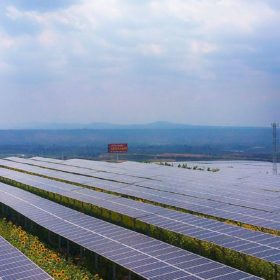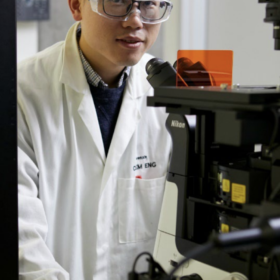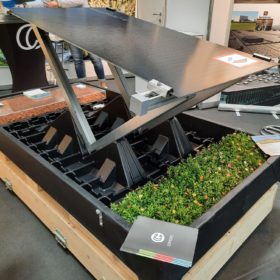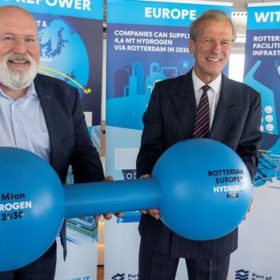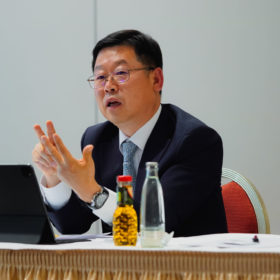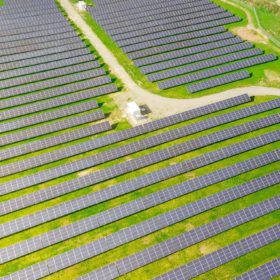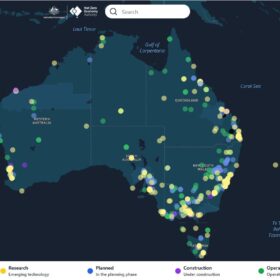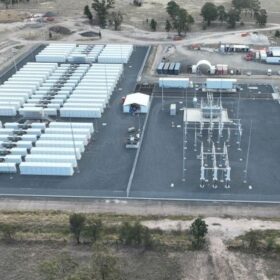LG Energy Solution unveils new battery storage solutions, moves to LFP
South Korean battery manufacturer LG Energy Solution presented its latest innovations at the Smarter E event in Munich last week. It also announced its transition from nickel-manganese-cobalt (NMC) battery chemistry to lithium iron phosphate (LFP) in its future products.
Global annual solar deployment to hit 1 TW by 2030
Major players in the solar industry, such as LONGi Solar, are projecting accelerating growth in the near term.
Water ‘secret ingredient’ in new processing mechanism for perovskite nanocrystals
An unlikely union has been discovered by members of ARC Centre of Excellence in Exciton Science, who have found a way to control the growth of phase-pure perovskite crystals for next-generation photovoltaics using water.
Smarter E products at a glance
pv magazine summarises the products we covered at the recent Smarter E exhibition, in the first of a series of reports on all of the new releases from the annual trade fair in Munich, Germany.
Hydrogen fuel cell without precious metals developed, Australia’s global importance underscored in Rotterdam
A team of researchers from the University of Wisconsin-Madison, Cornell University, and Wuhan University have presented a completely precious metal–free alkaline fuel cell with enhanced performance using a carbon-coated nickel anode. Meanwhile, the Port of Rotterdam has offered to supply northwestern Europe with 4.6 million tonnes of hydrogen by 2030. According to RMI, Europe will import green hydrogen between 2024 and 2030. RenewableUK sees room for hydrogen exports from the UK to the EU.
Hanwha Q Cells to build US solar module factory, expand cell capacity in South Korea
Hanwha Q Cells plans to build a 1.4 GW solar panel factory at an undisclosed location in the United States. It has also announced plans to expand its cell capacity to 5.4 GW in South Korea. CEO Justin Lee spoke to reporters at the Smarter E event about the company’s plans and current supply chain issues.
Solar shines bright as world eyes record renewables growth
The International Energy Agency expects the global expansion of solar PV, wind power and other renewable energy technologies will continue to defy rising costs and supply chain bottlenecks to reach triple-digit growth this year with solar additions forecast to reach almost 200GW.
No end to solar supply/demand imbalance
The solar supply chain problems that began last year with high prices and polysilicon shortages are persisting into 2022. But we are already seeing a stark difference from earlier predictions that prices would decline gradually each quarter this year. PV Infolink’s Alan Tu probes the solar market situation and offers insights.
Oil producers showing rising interest in hydrogen
A team led by CoorsTek Membrane Sciences has demonstrated a system to convert methane via proton ceramic reactors, while Nel Hydrogen Electrolyser has received an order from an undisclosed Indian refinery for an alkaline electrolyser, in a deal that underscores how oil and gas companies are becoming increasingly interested in the hydrogen sector.
Solis unveils off-grid PV inverter
The S5-EO1P(4-5)K-48 series off-grid PV inverter has an efficiency of 96.7% and supports parallel operation of up to 10 units, which allows for a system capacity of up to 50 kW. According to the manufacturer, the device is compatible with all top-tier brands of lithium-ion and lead-acid batteries.

